Facilities
Dedication to Professor Roger Perry
Roger Perry was the Professor of Environmental Control and Waste Management and Head of the Environmental and Water Resources Engineering Section at Imperial College until his untimely death in 1995. A leading and well known figure in the Environmental field, the legacy of Roger still remains in the EWRE Section and what it has become today. It is in tribute to this quite outstanding man therefore, that the new laboratory facilities are dedicated to his memory.
Introduction
The Roger Perry laboratory is one of the most modern laboratory facilities within Imperial College London. It offers an almost unrivalled selection of analytical techniques for routine and specialist chemical analysis of environmental samples.
The Environmental and Water Resource Engineering Section has for many years operated four analytical laboratories. However, after securing funding from sources such as HEFCE, ENTRUST and the College, a major refurbishment of three of our laboratories was undertaken, amalgamating them into one central facility.
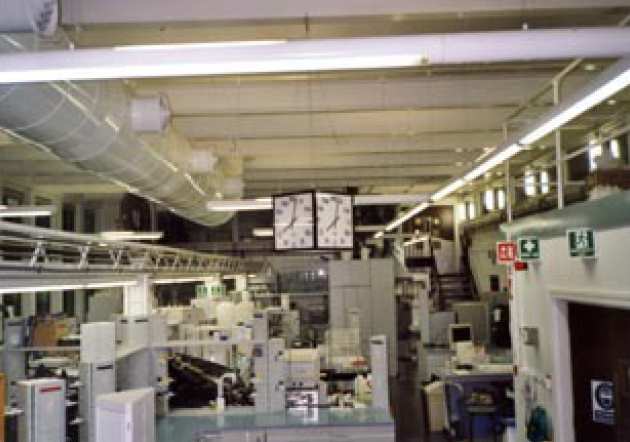 The laboratory is a fully integrated facility with at-bench services including vacuum, natural gas, compressed air, distilled and ultra-pure water and two non-dedicated gas lines allowing specialist gases to be supplied as required.
The laboratory is a fully integrated facility with at-bench services including vacuum, natural gas, compressed air, distilled and ultra-pure water and two non-dedicated gas lines allowing specialist gases to be supplied as required.
The whole laboratory is designed around the concept of total flexibility. This means that apart from four fixed service cores, all the laboratory benching is movable, enabling large experiments to be set up and run under fully serviced and controlled conditions. In addition, the whole laboratory is rated as Cat II for Microbiological containment, enabling many micro-organisms to be utilised for experimental and research purposes.
The laboratory is divided into three main area, General experimental and sample preparation, a dedicated microbiological facility and a large fully serviced instrument laboratory.
Training Courses:
There are opportunities to undertake hands-on training in analysis technique s using both traditional wet chemistry and modern instrumental analysis techniques. Please contact the Laboratory Manager for further information and to discuss future courses.
For further information or to arrange a visit to the facilities, please contact:
Dr Geoff Fowler,
Laboratory Manager,
Tel: 020 7594 5973,
email: g.fowler@imperial.ac.uk
Laboratory
Particle analysis and microbiological facilities
Particle Preparation/Analysis
- Coulter LS1 laser sizer for particle size analysis in the range 4-900um
- Pascal ball mill
- Hammer mill
- Endecotts 200mm digital Sieve shaker and stainless steel sieve set, 16mm- 45µm size range.
Microbiological Facilities
- Class II microbiology cabinet
- Class I microbiology cabinet
- 250L square-section steam autoclave
- 20L round-section autoclave
- 6 x Sanyo MIR 253 incubators
Gas and liquid chromatography
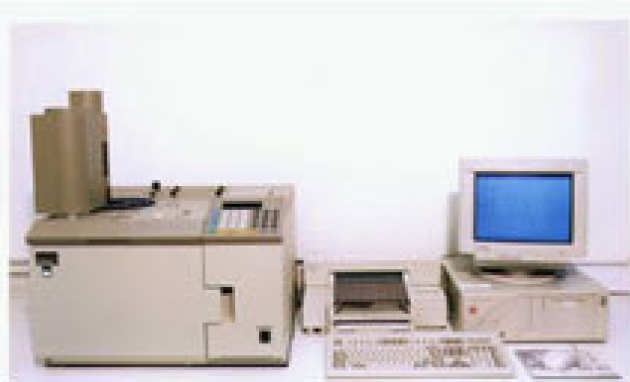
- Perkin Elmer model 8420 Gas Chromatography system with liquid auto sampler. Electron capture Detector and Flame Ionisation Detectors fitted.
- Perkin Elmer model 8320 Gas Chromatography system with thermal desorption sampler (ATD400) and Flame Ionisation Detector.
- Perkin Elmer Autosystem Gas Chromatography system with liquid autosampler.
- Flame Ionisation Detector and Nitrogen Phosphorus Detector.
- Carlo Erba 4200 Gas Chromatography system with liquid autosampler, Electron Capture Detector and Nitrogen/Phosphorus Detector.
- Water Wisp 712 HPLC with 50 place autosampler, 2x gradient pumps and Fluorescence, UV and conductivity detectors.
Elemental analysis techniques
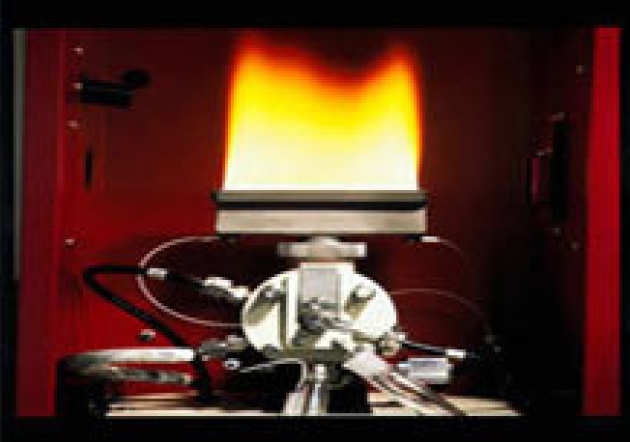
- Perkin Elmer 3300 Atomic Absorption Spectrophotometer with autosampler and Flame/Flow Injection Analysis capability.
- Perkin Elmer 5100 PC Atomic Absorption Spectrophotometer with autosampler and Flame/Graphite furnace capability.
- ARL 3580 Inductively Coupled Plasma Atomic Emission Spectrophotometer with 44 fixed elemental channels (Simultaneous analysis) and sequential analysis capability. Standard calibrations enable 24 or 27 element analysis.
Surface analysis
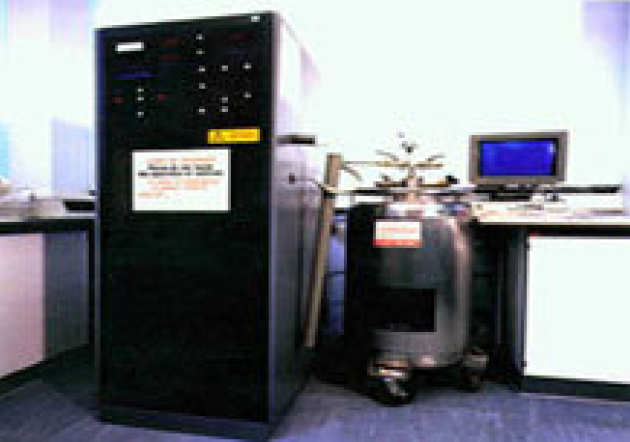
Coulter Omnisorp gas adsorption analyser for surface \area and porosity analysis of solid materials using nitrogen gas adsorption.
Liquid chemistry techniques
Liquid Chemistry Techniques
- Skalar auto analyser with the choice of 5 chemistries – total N, Total P, NO2 and NO3, NO2 alone and Total SO4.
- Dhormann DC80 Total organic carbon analyser for liquid samples. Analysis uses persulphate / oxygen/UV oxidation method with infrared detection of the carbon dioxide produced.
Thermal Analysis
- PL Thermal Sciences Simultaneous Thermal Analyser, 1500oC max temp with Differential Scanning Calorimeter /Thermogravimetric Analysis.
Spectroscopy Methods
- Nicolet Magna 560 Fourier Transform Infrared Spectrophotometer (FTIR) system for solid/liquid FTIR. It also has a TGA accessory for simultaneously studying the off-gases from samples undergoing thermal analysis on the STA 1500 system.
- Perkin Elmer Lambda 3 UV/Vis spectrophotometer 190-750nm range.
- Perkin Elmer Lambda 2 UV/Vis spectrophotometer 190-750nm range.
- Pye/Unican SP8 UV/Vis Spectrophotometer 190–900nm range.
Miscellaneous facilities/equipment
- Jar test apparatus 8 fumecupboards
- Two walk-in (1500 x 700x 1600) (wxdxh)
- Two suitable for acid digestion use, fitted with water wash-down
- Gerhardt acid digestion system
- Laboratory balances 0.1g x 6 kg to 0.000001g x 5g resolution
- 2.4m x 2.5m walk in fridge storage (+4oC)
- 2.4m x 2.5m walk in Freezer storage (-18oC)
- Large scale (5.5 litres) Ozonati on test facilities f or liquid effluents and water samples
- 2 x High speed centrifuges (21,000 rpm for 24 x 10ml sample size, 20 000rpm for 8 x 50ml sample size, 70 00rpm f or 4 x 7 50 ml sample size)
- 2 x low speed ce ntrifuges (3000rpm fo r 8 x 50ml).
Apart from the above equipment, the laboratory also has assorted general equipment which would normally be expected to be found in a "well founded” laboratory (hot plates, magnetic stirrers, substantial stocks of specialist glassware and so forth).
These facilities are available for use by members of Imperial College at a nominal daily charge, plus consumable and analysis costs as appropriate.
Furnaces
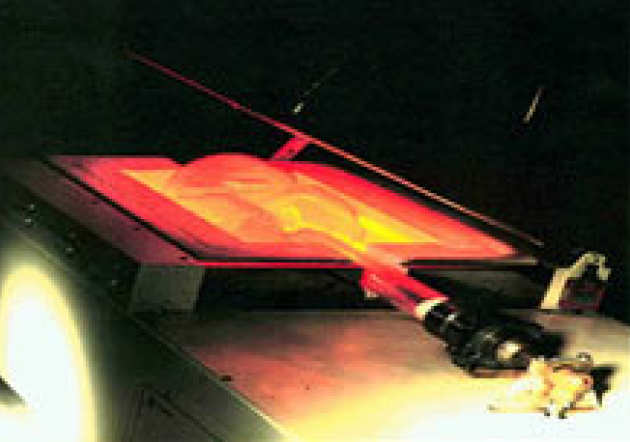
- Numerous low temperature drying ovens, maximum temperatures typically 200oC
- Carbolite high temperature box fan-oven, maximum temperature 600oC
- Wild Barfield muffle furnace (800oC)
- Carbolite horizontal tube furnace, Max temperature 1000oC
- Gallenkamp 1100oC muffle furnace
- Carbolite vertical tube furnace, three zone, maximum temperature 1100oC
- Carbolite small “Christmas” cracker furnace, max temp 1150oC
- Carbolite large “Christmas” cracker furnace, max temp 1150oC
- Carbolite horizontal rotary tube furnace. Maximum temperature 1200oC
- Lenton 1500oC muffle furnace.


